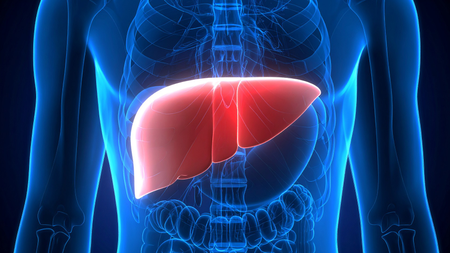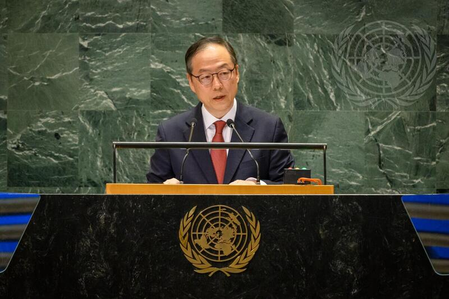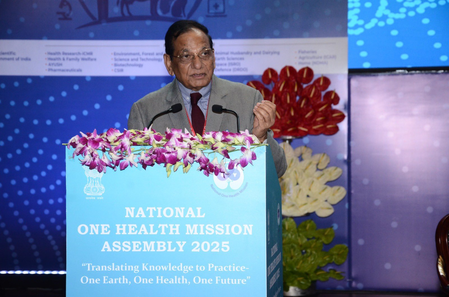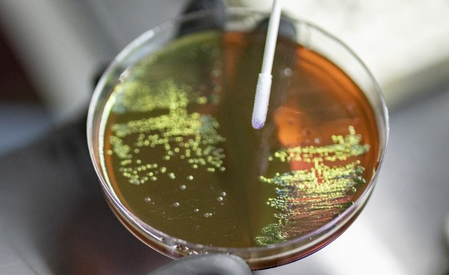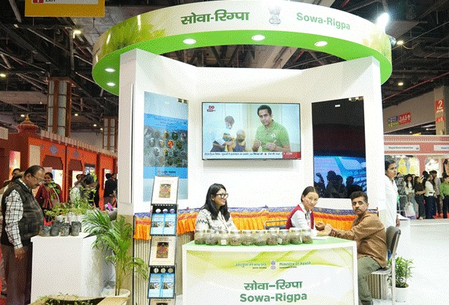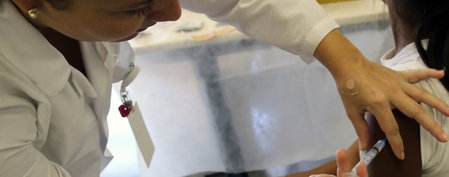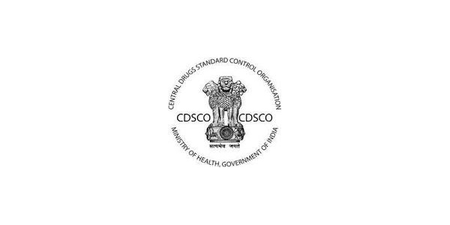
New Delhi, Nov 22 (IANS) Amid reports of a spate of suicide cases among school-going children in Delhi, Rewa (Madhya Pradesh), and Jaipur (Rajasthan), mental health experts on Saturday urged parents to recognise signs of suicidality in adolescents.
In the past weeks, three suicide cases have been reported among school children. A 16-year-old class 10 student died after allegedly committing suicide by jumping from Delhi’s Rajendra Place Metro station.
A Class 11 student at a private school in Madhya Pradesh’s Rewa district allegedly died by suicide and left a note. A nine-year-old student in Jaipur jumped from the fourth floor of the school building and died on the spot.
The cases point to rising distress among students — especially in urban, high-pressure environments, said experts.
“Mental health issues such as depression and anxiety among adolescents are rising globally. But many parents and teachers misinterpret the symptoms as ‘laziness’ or ‘disinterest’ instead of distress,” Dr Shiv Prasad, Psychiatrist at Lady Harding College, told IANS.
“The early warning signs parents and teachers should watch for include emotional and behavioural signs such as withdrawal from family, friends, or activities once enjoyed; excessive worry, irritability, anger, or frequent crying; sudden personality changes,” he added.
The expert also cited sudden loss of interest in studies; complaints of headaches or stomach aches to avoid school/coaching; Sudden weight loss/gain and social isolation.
“In light of the recent suicides of young children, it is essential that we recognise the signs of suicidality in the youth along with prevention, intervention, and treatment measures,” Dr Astik Joshi, Child, Adolescent, and Forensic Psychiatrist, at a leading hospital in Delhi, told IANS.
“Often, the suicidal child or adolescent would state their suicidal intent to a loved one before attempting the step. Additionally, the child is likely to have mood disturbance or personality changes during the time before making an attempt. Behavioural changes such as social withdrawal, increasing use of substances, impulsive aggression, and letting go of possessions may occur prior to a suicide attempt,” Joshi added.
The experts pointed out increasing academic pressure and competitive culture, where children fear disappointing parents or teachers. The long coaching hours with limited recreation can also hurt mental health.
In addition to emotional isolation, children also face social and peer pressure wanting to “fit in” or match peers’ achievements. These comparisons are further amplified by social media, as well as cyberbullying, which often remains hidden from adults.
The experts urged parents to create a safe emotional space where they ask children about their feelings and not just marks or academics, and to seek professional help when needed.
“Increasing socialisation, using skill-based psychotherapy, collaborating with schools, and using medicines as necessary to decrease the likelihood of a suicide attempt in the future are potential measures that could be taken to address the issue,” Joshi said.
–IANS
rvt/





